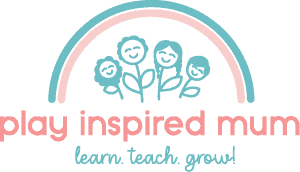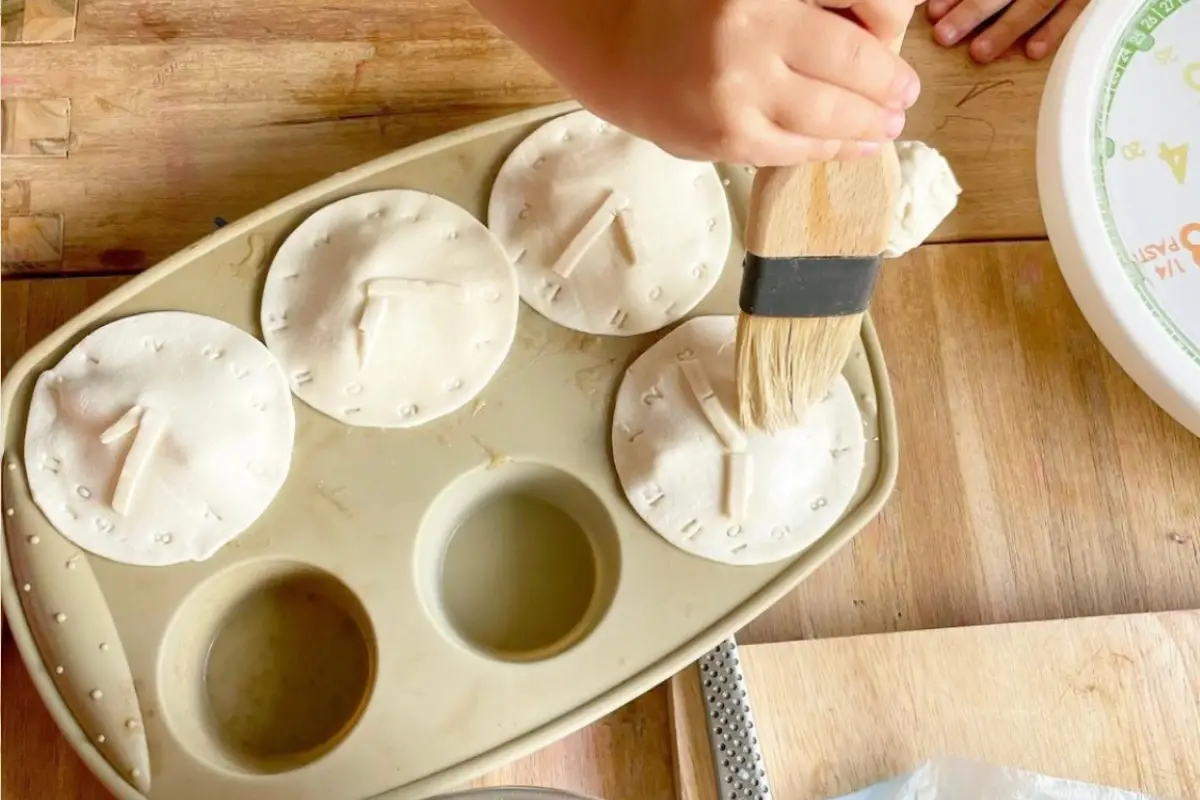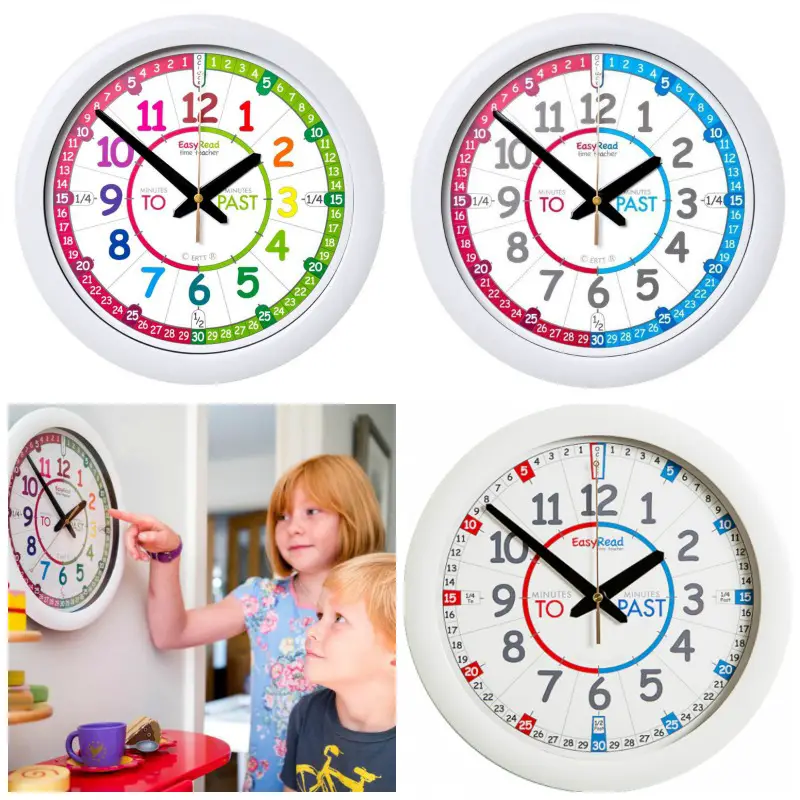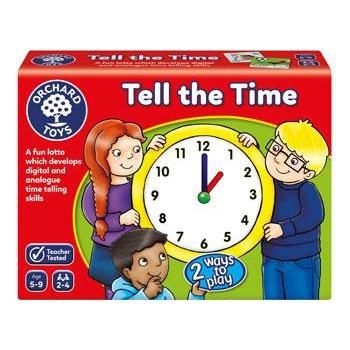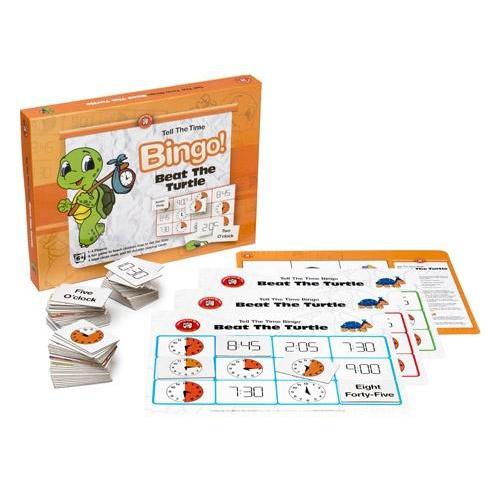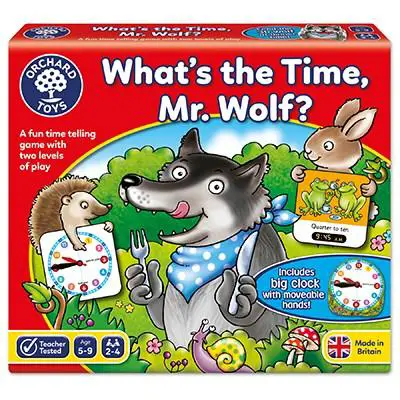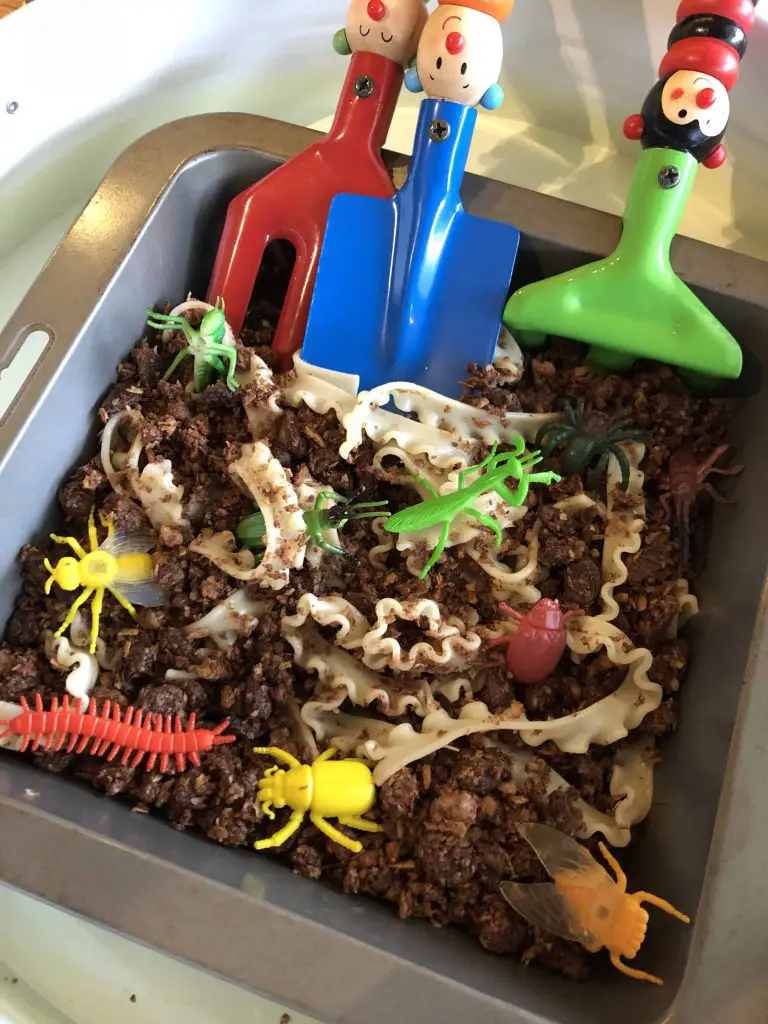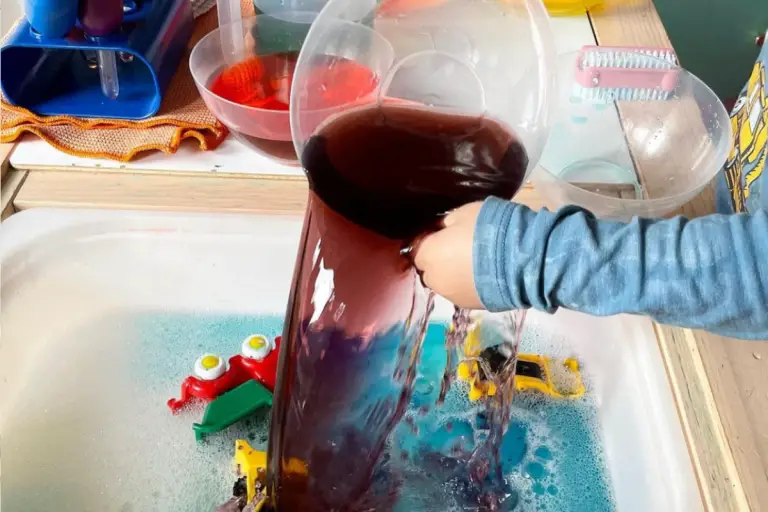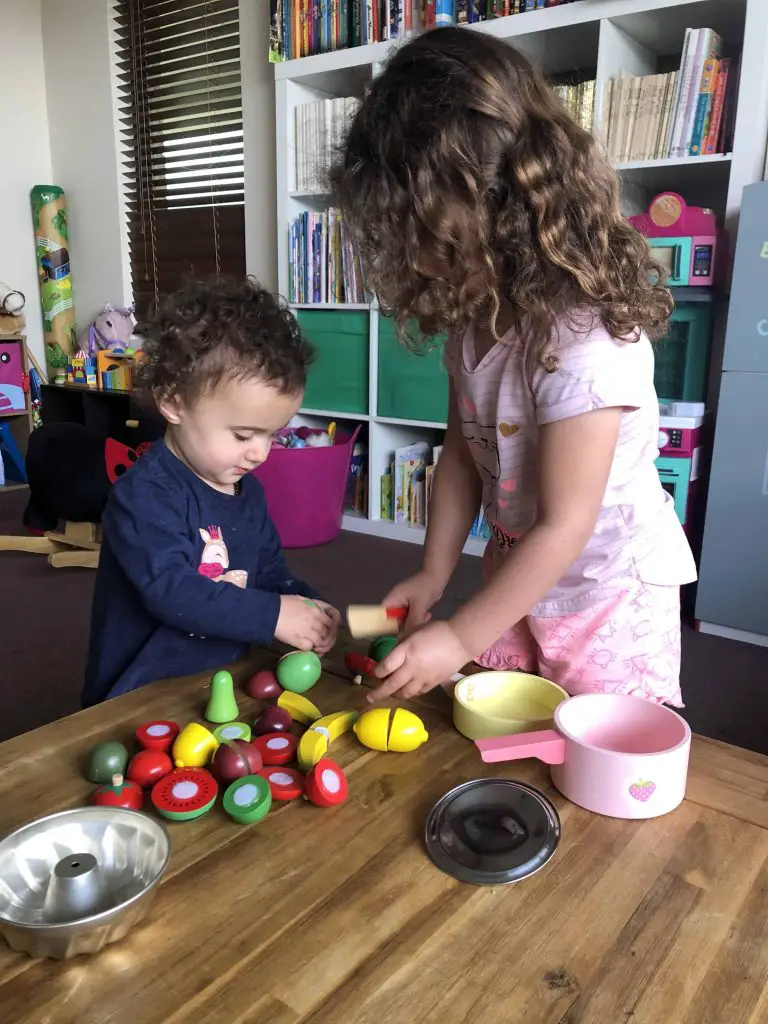Pie O’clock: Mixing Time-telling Apple Pies
Disclosure: This blog contains affiliate links which I may earn a small commission from if you purchase through them, at no extra cost to you.
Turn learning how to tell the time into a fun baking activity with time telling apple pies.
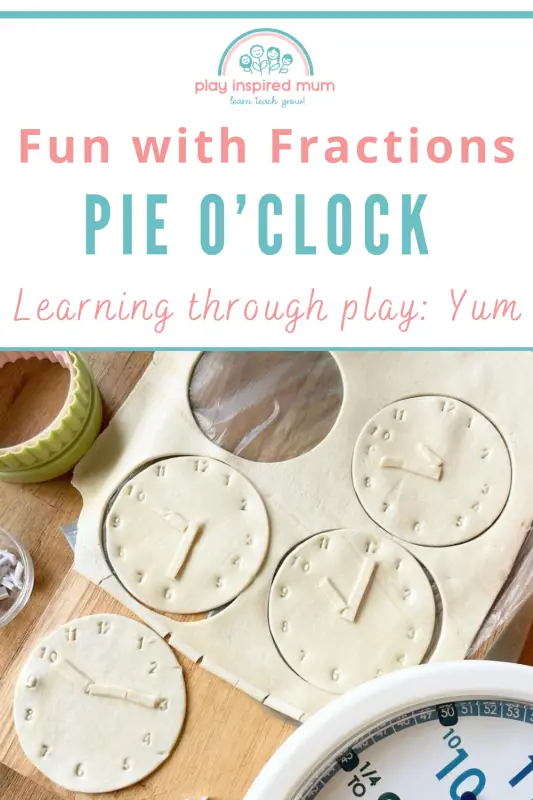
A Slice of Learning: Time Telling Apple Pies
I’ve always believed that the kitchen serves as one of the best classrooms.
What better lesson than combining the art of baking apple pies with the fundamental skill of telling time?
This innovative approach turns sensory play into an educational journey, engaging preschoolers in a delicious form of learning.
By marrying the process of creating pastry with the basics of numbers, fractions, and the clock, we unlock a unique method that aligns perfectly with early years education and play-based learning strategies.
It’s a delightful way for kids to absorb practical skills while indulging in the sensory pleasures of baking.
Imagine the aroma of cinnamon-spiced apples filling the air as your preschooler stamps numbers into their clock pie.
A hands-on experience that makes learning to tell the time as easy as pie.
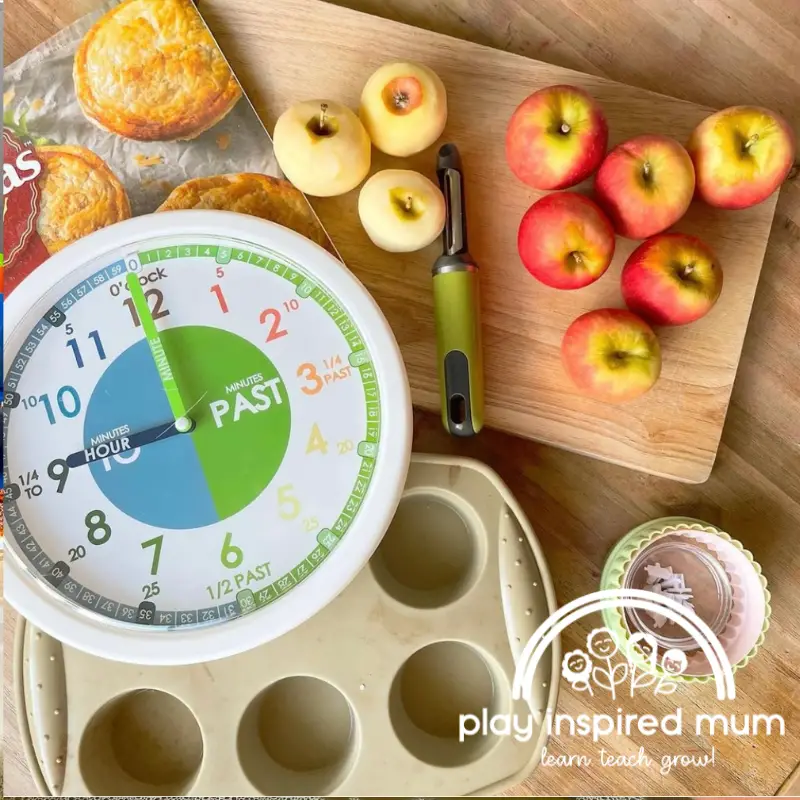
The Ingredients of Time: What You’ll Need
Gathering what we need will kickstart our adventure into sensory play and early years education through baking.
You’ll require flour, butter, sugar, and a delightful mix of spices to make your time telling apple pies.
These form the backbone of our pastry.
For the star of the show, apples—tart ones work best—will be mixed with cinnamon for that mouthwatering aroma.
Don’t forget a dash of cream for the luxurious top glaze.
For turning our apple pie into a clock, cookie stamps emerge as heroes.
They’ll press perfect numbers into our crust, turning baking with kids into an engaging math lesson.
We’ll also craft makeshift clock hands from pastry, an inventive push into telling the time.
Lastly, a sturdy rolling pin and a pie pan round off our list.
These tools are our allies in this playful yet educational endeavor.
Embracing these ingredients and tools, we step boldly into a space where learning to tell the time and fractions becomes as delicious as a slice of homemade pie.
Understanding the Basics
I always found cooking with kids to be an unexpected journey into sensory play.
Feeling the cold butter squish between our fingers as we rub it into the flour brings out the widest smiles and curiosity.
It’s a delightful mess, one that pulls them into the moment and away from screens.
They learn through play, the soft texture of flour contrasting with the firm coldness of butter becoming a tactile memory.
Watching them tentatively crack the egg on the edge of the bench before separating the shell with cautious thumbs is the best.
That side ways glance as they get egg all over their hands as they say, “Hands can be washed”, a phrase they have been reassured with for years.
In this process, I seize the opportunity to introduce them to numbers and basic math concepts, like measuring. “How much flour do we need?” I ask, guiding their tiny hands to scoop and level the flour.
Fractions in the kitchen
We talk about fractions as we crack the egg for our pastry, explaining that baking is a precise science.
I draw attention to the measuring cups we use to measure the flour.
Two of the blue cups is equal to one orange cup; halves.
Three of the red cups are equal to one orange cup; thirds.
Four of the yellow cups are equal to one orange cup; quarters.
Eight of the green cups are equal to one orange cup; eighths.
Too much of one ingredient or not enough of another can change the texture and taste of the cookies.
Its all about balance.
Turning pies into clocks is not just about learning to tell the time.
It’s becoming wizards in the kitchen, adding ingredients into the pot to make some magic for our taste buds.
A real life place where numbers and fractions come alive in the most delicious way.
This isn’t just a worksheet.
Hands on learning done in a real life setting is showing our kiddies how understanding fractions is relatable to them.

How to make Pie O’Clock Time Telling Apple Pies
While I love baking for my family, I am certainly no chef.
Our pie o’clock apple pies were made, inspired by this apple pie recipe.
And true to my cooking style, I say inspired as I am the queen of switch this and that around when it comes to cooking.
Instead of making our own pastry, for this occasion being a time poor mumma with a baby on her hip, we switched to store bought puff pastry.
#keepingitreal
Filling Time: Preparing the Apple Mixture
The filling of an apple pie is the heart of the entire event.
That and in our instance, the first taste of fractions.
First, I gathered the apples.
We chose pink lady apples as they are what we had on hand after I made an age old mistake.
You know, kids start eating an apple a day so you commit to buying a kilo only for them to abruptly change their minds about liking apples.
If you know, you know.
So when life gives you apples, you make pie!
As I peeled the apples the kitchen filled with the scent of freshness, an immersive experience for the senses.
With curious eyes watching, we then cut the apples into halves, and quarters before eights and sixteenths.
Incidental math learning.
The texture of the apples, firm yet yielding to the knife, was a delight for developing cutting skills.
Armed with a kiddie-cutter, the kiddies all took a turn in helping cut the apples.
This knife has worked its way through three sets of hands over the years. It allows for our mini chefs to safely cut fruit and vegetables without risking any cut fingers.
Sensory exploration
It was a tactile journey through the essence of baking with kids, offering a base for sensory play.
The scent of the apples, the pressure needed to cut through the apple, the sounds of the apple as it gave way to the knife, and finally the little taste tests taken along the way.
Next, adding cinnamon and sugar turned the apples into a fragrant mixture.
The aroma of cinnamon enveloping the room was akin to stepping into an autumn embrace. It was time to introduce fractions.
As we measured the ingredients, I explained how half a cup of sugar and a quarter teaspoon of cinnamon played their roles.
This moment became an impromptu lesson on fractions, showing how math integrates into everyday activities like cooking.
The filling of the pie was more than just a step in baking; it was a pathway to learning through play.
Discussing the numbers involved, we wove education seamlessly into the process.
This was play-based learning in action, a method deeply rooted in early years education.
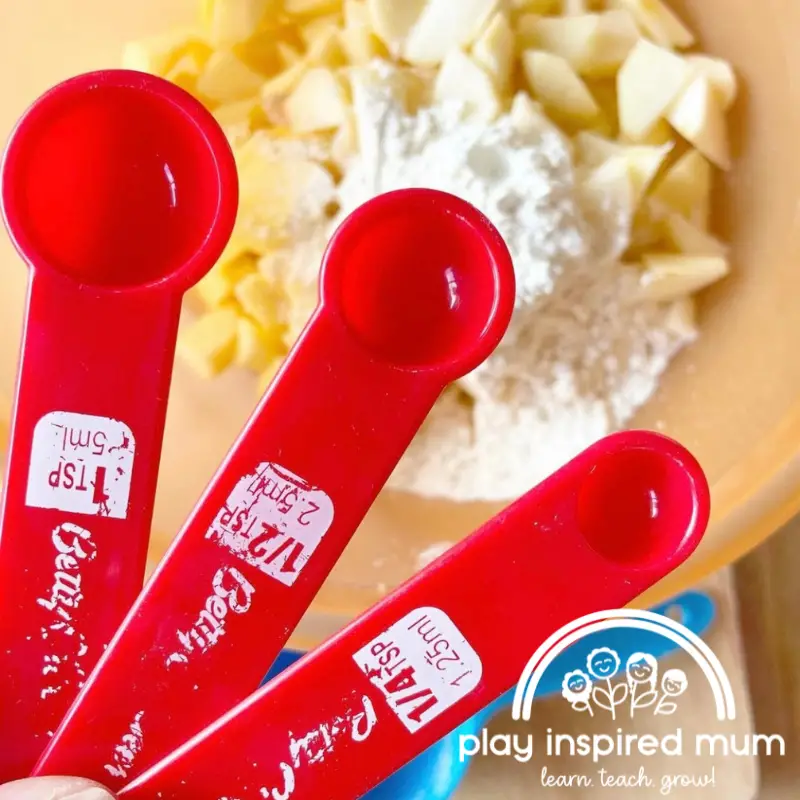
Turning Pies into Clocks
Turning our apple pies into clock pies unfolded as an engaging challenge.
First, I spread out the pastry, ensuring it was smooth and even.
This base would soon become a tasty timepiece.
We used larger circular cookie cutters to cut rounds to line our muffin pan.
With those nestled in place it was time to make the pie tops.
Cookie stamps awaited, ready to imprint numbers around the pie’s edge. The task at hand was clear — transform this ordinary pastry into an educational tool for time-telling.
With great enthusiasm, everyone took turns pressing cookie stamps into the dough, their faces lighting up at the sight of numbers forming.
This hands-on approach was not just about baking; it was a lesson in numbers, fractions, and the passage of minutes.
Stamping became a game, where learning through play illuminated their young minds.
As we arranged the numbers, discussing their placement and significance, the concept of telling time pieced together in this culinary classroom.
The clock pie was a testament to sensory play, baking with kids, and the seamless integration of early years education into everyday activities.
This process turned a simple baking day into a meaningful exploration of learning through play.
Using the pastry cut offs, we made hands for each of our clocks. Keeping with our theme of fractions, we placed the hands on each of the four pies at quarter way intervals;
- Quarter past
- Half past
- Quarter to
- O’clock
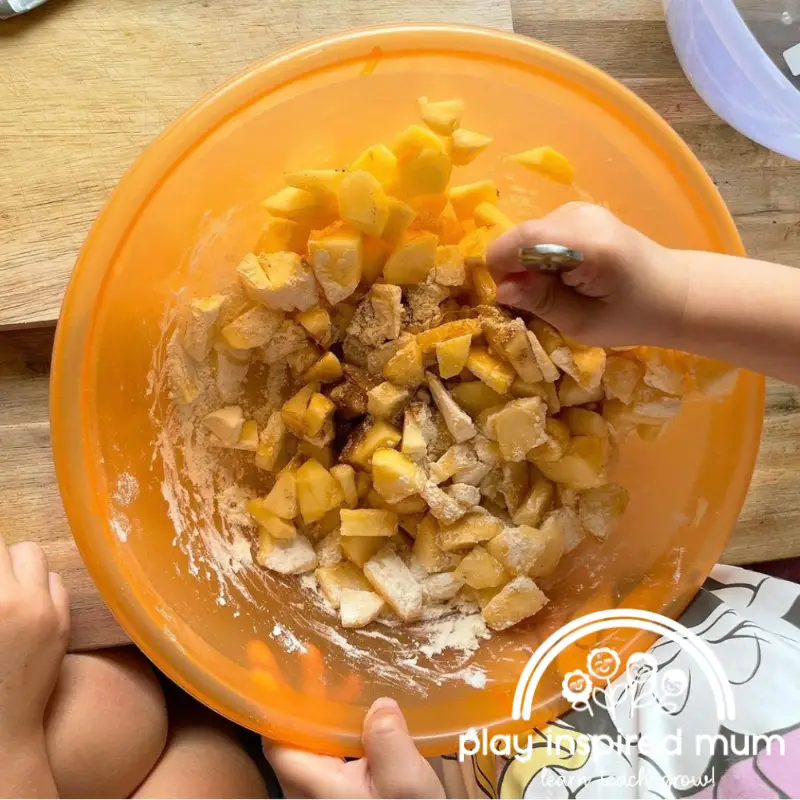
Baking Day Strategies: A Time for Patience
Patience blossoms on baking day, a vital ingredient not listed in recipes.
I discovered patience isn’t just waiting; it’s what we do while waiting that counts.
Time telling apple pies introduced kids to the magic of apple pie and learning to tell the time, intertwining sensory play with educational strides.
But the oven’s slow march can test even the most enthusiastic junior baker.
Engaging little ones became my mission.
We turned our gaze to the kitchen clock, observing its steady pace. “Just like our pie,” I would explain, “each minute gets us closer to the golden, flaky crust we’ve been dreaming of.”
This period offered a perfect segue into lessons on numbers and fractions, utilizing cookie stamps to mark our progress.
Time, normally a foe to restless hearts, transformed into a shared anticipation.
Through telling the time and baking, we not only learned but also bonded, crafting memories infused with the aroma of cinnamon and learning.
Cooling Down: Sensory Play in Action
After we pulled our clock pies from the oven, each one resembling a small masterpiece of apple-filled pastry, we entered the cooling phase.
This period isn’t just about waiting; it’s where sensory play comes alive.
The aroma of cinnamon, apple, and buttery crust filled the kitchen, creating an ambiance not unlike the comforting scents of home.
Memories danced in the air alongside the enticing scents.
I invited the kids to indulge their senses — to take deep breaths and really smell the pies.
We talked about how different smells could remind us of special times, linking this lesson in telling time to moments they’d remember.
The act of smelling, observing the golden-brown crust, and later, tasting the fruit of our labor, turned into a powerful sensory play.
It was a reminder of how play-based learning, even through activities like baking with kids, can enrich early years education far beyond the basics of fractions or learning to tell time.
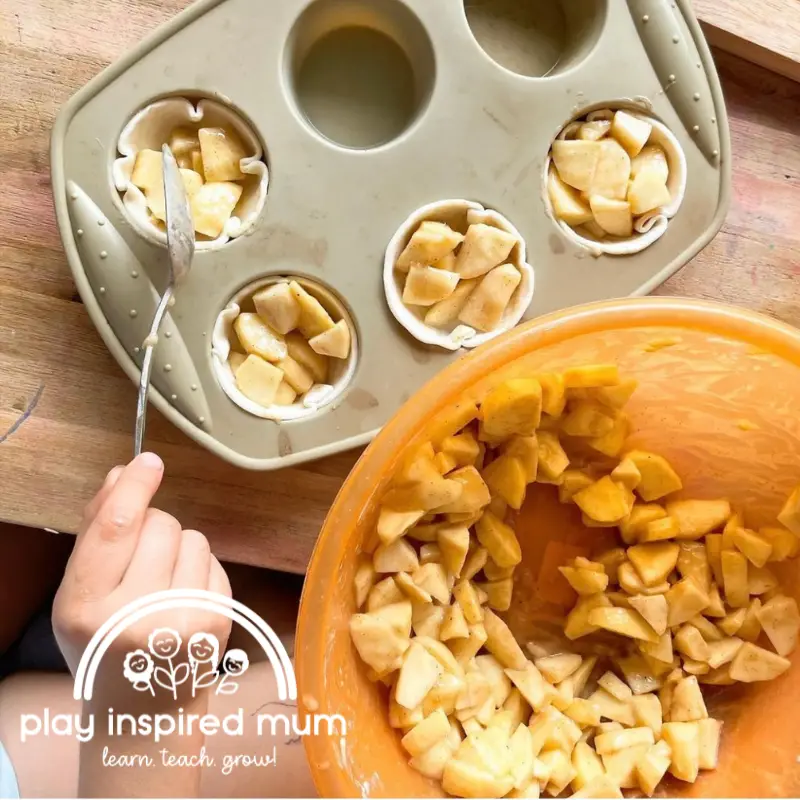
The Timing is Everything: Serving up Lessons
I had often looked for innovative ways to blend learning with daily activities, and what better occasion than serving our clock-themed apple pie.
This was the moment for a delicious lesson in fractions and time-telling.
Kids gathered around, eager to see how our baking project turned into a practical math class.
I carefully explained that each slice represented a fraction of the pie, just as each hour was a fraction of a day.
As I cut the pie into equal parts, I used cookie stamps to imprint numbers on each slice, turning it into an edible clock.
“Imagine this pie is the face of a clock,” I told them.
We discussed how the slices could show different times, like half past the hour when we remove two slices, or quarter to the hour with one slice left.
To make this experience memorable, we took turns setting the “pie clock” to various times, reinforcing our lessons on fractions and telling time through sensory play and hands-on learning.
This approach proved to be a tasty way to enhance understanding of numbers, fractions, and the concept of telling time, making learning truly a piece of pie.
Preschooler Perspective: Learning Through Play
In the world of early years education, merging sensory play with practical lessons opens an expansive gateway for growth.
I discovered the magic of intertwining the art of baking apple pies with the fundamental skill of telling the time.
This activity stood out as a beacon of learning through play, empowering preschoolers to grasp the intricacies of numbers, fractions, and the concept of time in a joyful manner.
Engagement soared as little hands dipped into the pastry, their faces alight with curiosity, pressing cookie stamps to mark numbers and create clock pies.
This wasn’t just sensory play; it was sensory play in its finest form, where the scent of cinnamon and the texture of chopped apples became conduits for education.
The preschooler activity underscored the importance of learning to tell the time, embedding it within the bliss of baking.
As we navigated the journey from introduction to fractions to discussing the movement of clock hands over a cooling pie, the lesson was clear.
Such experiences lay a deep, enduring foundation for future learning, demonstrating that at the heart of play based learning lies a world of limitless possibilities.
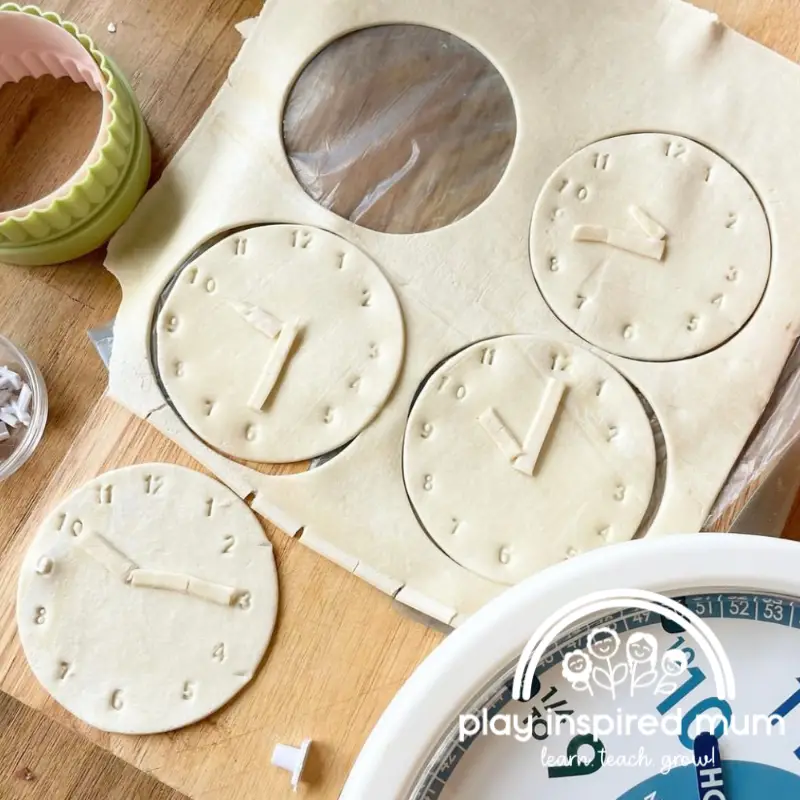
Beyond the Pie: Expanding the Curriculum
Exploring the kitchen as a classroom offers endless opportunities.
We had a blast learning to tell the time with our apple pies, didn’t we?
This journey doesn’t have to end here. Imagine the shapes and forms we can create with dough when we dive into geometry with cookies.
It will be a fun, hands-on way to introduce angles, symmetry, and shapes to our young learners.
Then, there’s the alchemy of yeast and flour, a perfect segue into the world of chemistry with bread.
Watching dough rise and change texture can spark curiosity about the science behind baking.
Through these adventures, kids can see, touch, and taste the results of their experiments. It’s an engaging method to bring scientific concepts to life, right in our own kitchens.
Every roll, knead, and measure brings us closer to understanding the world in a tactile and memorable way.
Let’s keep the oven warm and our minds open to the possibilities that lie in flour, sugar, and beyond.
It’s not just about enjoying delicious treats; it’s about the lessons we savor along the way.
Inviting the Family: Strengthening Bonds Through Baking
Embarking on a baking venture with apple pies serves more than just a lesson in telling the time for kids.
It beckons us to invite every family member into the kitchen, weaving a tapestry of shared experiences.
I’ve found that these moments of sensory play, from feeling the pastry’s texture to smelling the spices of the apple mixture, become treasured memories.
They remind us that learning through play and early years education aren’t solitary paths.
As we delve into fractions with cookie stamps or explore the concept of time with clock pies, we’re doing more than baking; we’re nurturing bonds.
I urge you to call in the preschooler and have them sprinkle sugar with their siblings, show the early learners how to press numbers into dough.
This isn’t just preschooler activity; it’s a family affair.
It’s about fostering a safe space where mistakes are just steps in learning.
Where every cookie stamp misalignment or burnt edge becomes a story to share.
In these moments, baking transcends its basic function, transforming into a profound tool for connecting and learning.
I’ve seen firsthand how including siblings in the process not only teaches them about sensory play and early education but also about patience and teamwork.
It becomes clear that the true essence of play-based learning and baking with kids is not just in the delicious outcome but in the journey there, shared among those we hold dear.
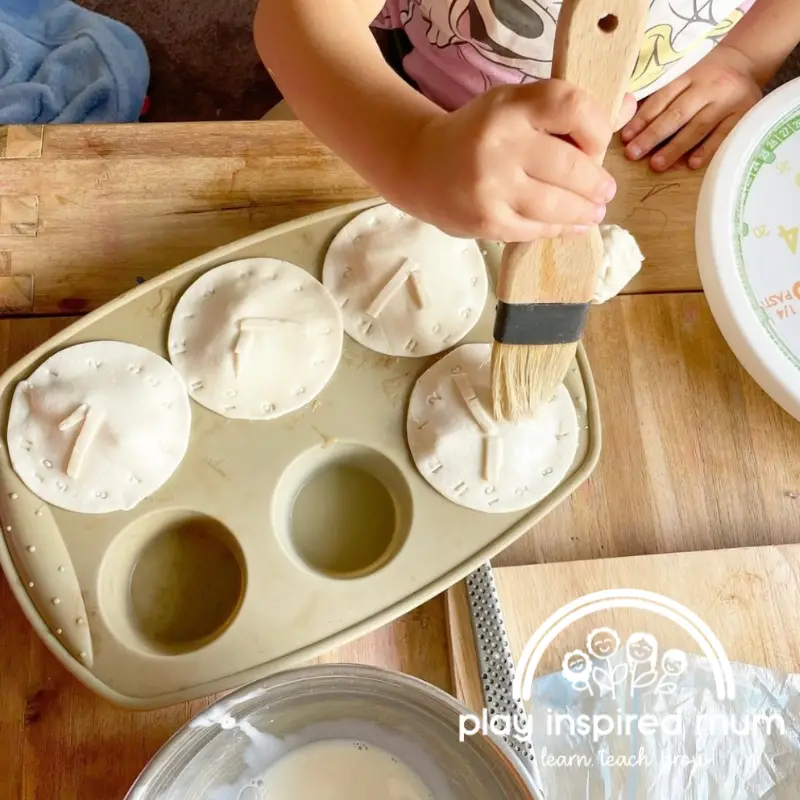
A Final Sprinkle: Reflecting on Our Journey
As I look back on our adventurous plunge into combining sensory play, baking with kids, and the educational twist of teaching them about numbers, fractions, and how to tell time, it’s been quite the enlightening journey.
The kitchen transformed into a classroom.
A space where the aroma of apple pie served as an aromatic backdrop to lessons in early years’ education.
We ventured beyond mere baking.
Our kitchen fun introduced preschoolers to the concepts of time through pastry and apple slices, turning pies into clock pies.
All that learning in what felt like a play based learning carnival.
Diving into the dough, we rolled, stamped, and sliced our way through learning.
The cookie stamps were not just tools but gateways to understanding.
Each press of the numbers into the dough bridged play with learning.
In turn, making every moment count, quite literally in fractions and telling the time.
Learning through play
This activity, meant to marry learning to tell the time with the sensory delight of baking, turned into something more profound for all involved.
As we move forward, I encourage you to take this spirit of exploration into other arenas. Imagine geometry explored through cookies, or chemistry unraveled in the rising of bread.
Our journey with pie o’clock is just the beginning. Inviting the family to partake, from siblings to grandparents, strengthens bonds through shared moments of learning and joy.
It reminds us that learning through play, baking together, and exploring the world around us doesn’t just educate.
It brings us together.
Let this experience inspire you to seek out other entertaining, educational activities that harness the power of play.
This is the essence of early years education.
Keep the curiosity alive, mix it with a dash of fun.
Let’s continue to bake not just pies, but a lifelong love for learning in the hearts of our little ones.
